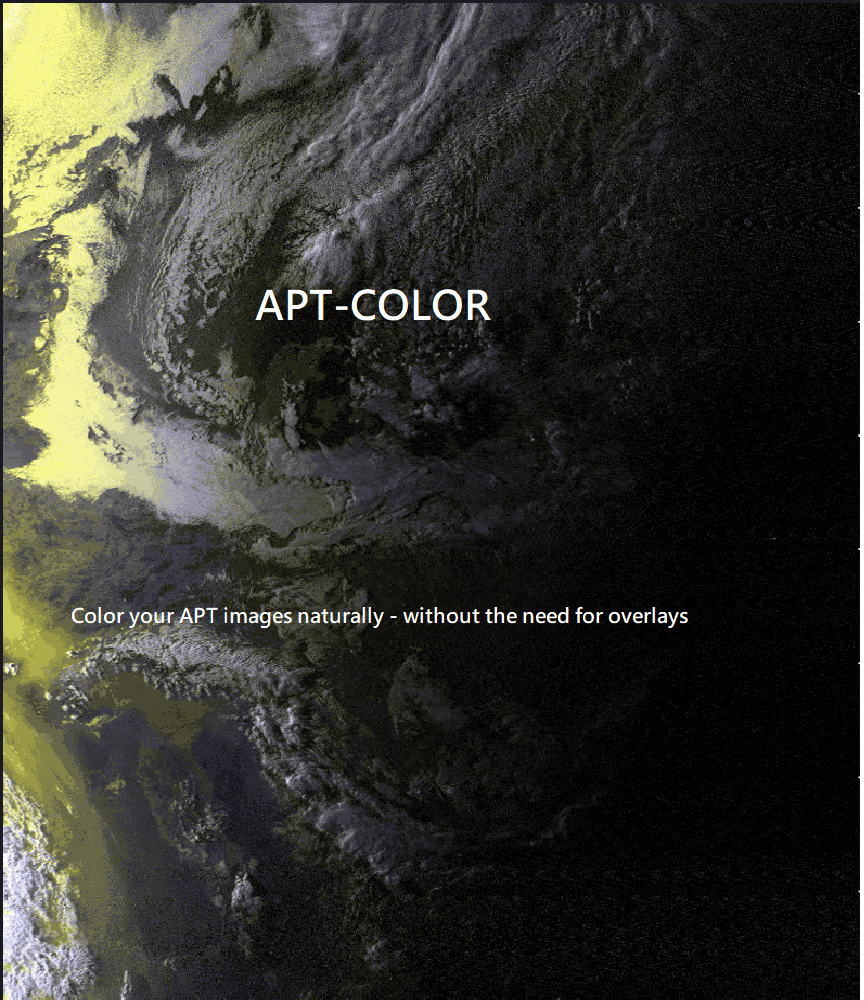SDR# Co-Channel Canceller and Micro Tuner Updates
SDRSharp (SDR#) is one of the most popular SDR programs that is used often with Airspy and RTL-SDR devices. Recently Youssef, the developer of Airspy products and the programmer behind SDR# has again been adding new enhancements to the software that allow AM DX listeners to easily receive channels that are even on top of each other in frequency.
The Co-Channel Canceller has been in SDR# since 2020, but recently enhanced for better performance and easier use, and a 'micro-tuner' feature has been added, allowing users to easily select the overlapping channel that needs to be cancelled.
Earlier in the year the noise canceller was also improved with a 'NINR' (Natural Intelligence Noise Reduction) algorithm that appears to be one of the best noise cancellers available in SDR software today.
Youssef's twitter @lambdaprog contains several videos demonstrating the effectiveness of the updates.
Playing around with a new feature of the Co-Channel Canceller. Still a lot of polishing, but it already shows some improvement over the old version. #airspy #sdrsharp pic.twitter.com/CGfLHn9oZH
— prog (@lambdaprog) August 6, 2022


